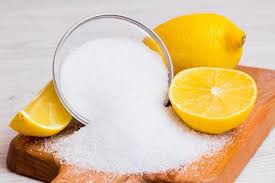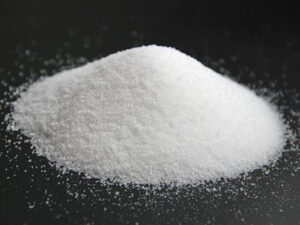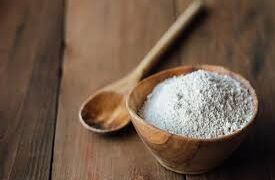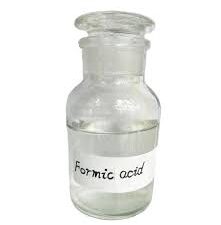Description
Citric Acid (E330)
Citric acid occurs in the form of white, odorless crystals, has a rather distinct, sour taste. It is an acidity regulator – added to production, it is responsible for lowering the pH, thus also acting as a preservative, because acidification allows for extending the shelf life. Citric acid then allows for increasing the sour taste of food products, also making the products more sour. It is an antioxidant, has a whitening effect, affecting the color of fruit or vegetables. It has the ability to help stabilize emulsions and prevents fat separation.
| Physical and chemical characteristics | Value |
|---|---|
| Trade name | Citric acid monohydrate |
| Smell Threshold | Not specified |
| Melting point | 153°C |
| Decomposition temperature | >175°C |
| pH | Not specified |
| Form | Crystalline |
| Color | White |
| Physical condition | Constant |
The shelf life of citric acid is approximately 3 years. The product should be stored in a dry, cool warehouse.
Citric acid, known in the food industry as the additive E330, is a great preservative, used in canned and jarred products to maintain their freshness. It also serves as a binding and thickening agent in sauces, creams, jellies, marmalades and jams, and in confectionery it improves the effect of baking soda. It is an important ingredient in the production of cheese and beer.
In feed, citric acid supplementation improves performance and bone mineralization in broilers and growth in piglets. Feeds with citric acid stay fresh longer and are more palatable, contributing to weight gain. Citric acid also has applications in other industrial sectors, such as a water softener in detergents and soaps and as a fertilizer in agriculture.
In the pharmaceutical industry, it is present in dietary supplements and medicines, masking the bitter taste and performing stabilizing functions. In cosmetics, it is used for its brightening, antioxidant, wrinkle-smoothing and exfoliating effects.















Reviews
There are no reviews yet.